The Ultimate Guide to Butting Boards!
There are 3 different sides to a piece of wood that woodworkers use to create a cutting board. They are: the “face grain”, “edge grain” and “end grain”. click the links below to learn more about each one!
Face Grain Cutting Boards
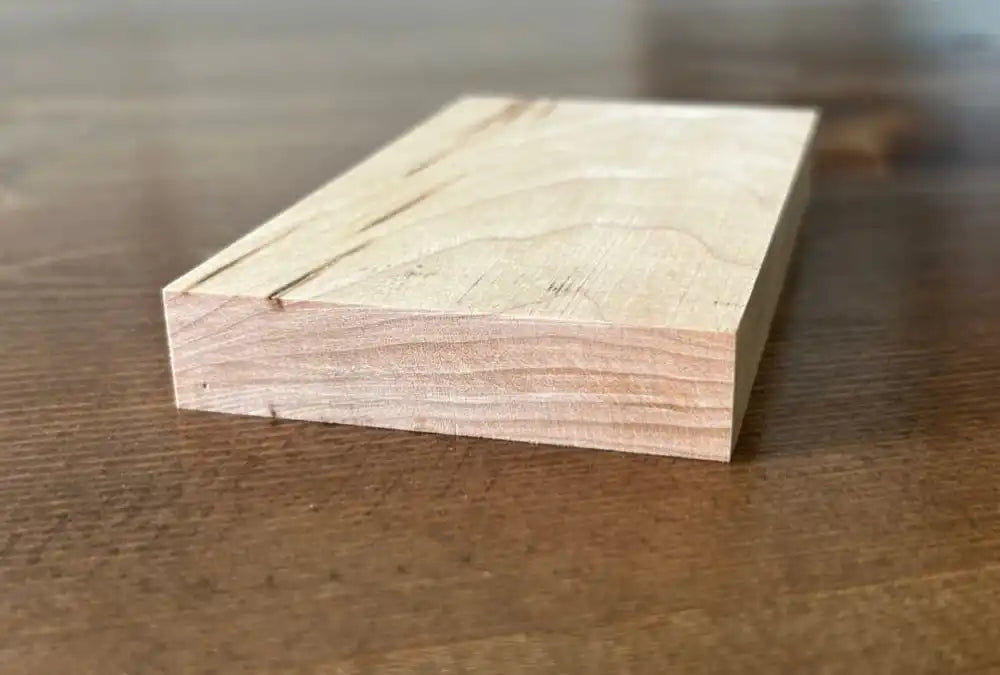
Face grain cutting boards show the most beauty of the piece of wood. The grain pattern is laying flat and is the width of the wood pointing up. You can see the grain pattern is horizontal, moving from left to right and exposing the “Face” of the wood.
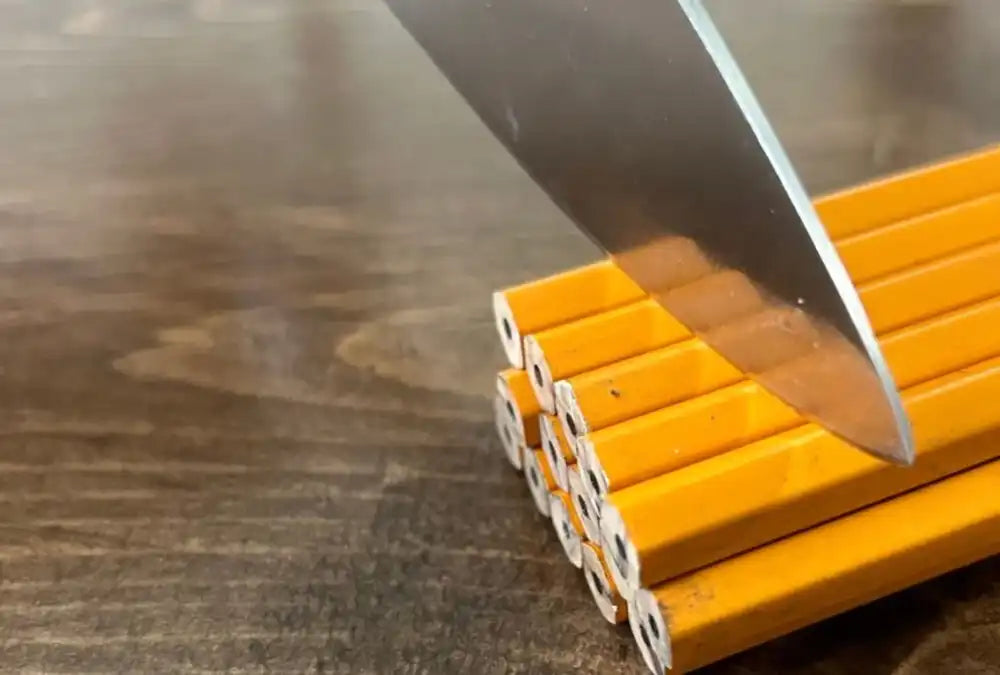
The cons to this type of cutting board, is that it will be marked more easily by knifes over a long period of time and will eventually require sanding and refinishing to bring back the clean beauty of the wood if it see frequent use over the course of many many years. The pencils represent the fibres of the wood and how this grain orientation will also dull knives over time.
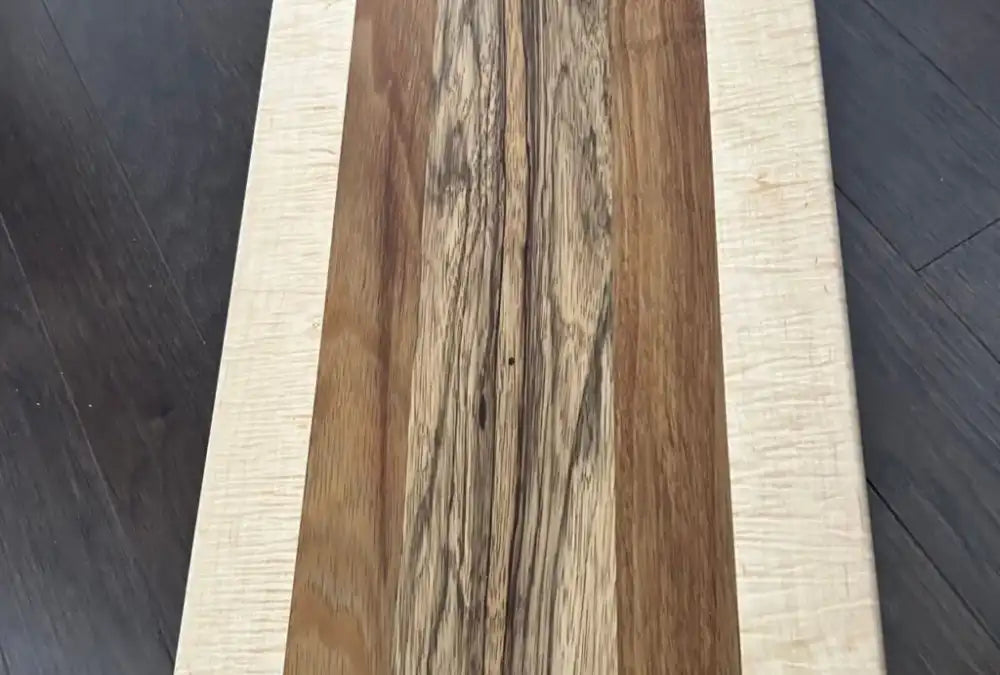
In this picture, you can see exposed “face grain” and most beautiful side of the wood is on display. This is a very desirable type of cutting board, because of the beauty displayed by this grain orientation.
Edge Grain Cutting Boards
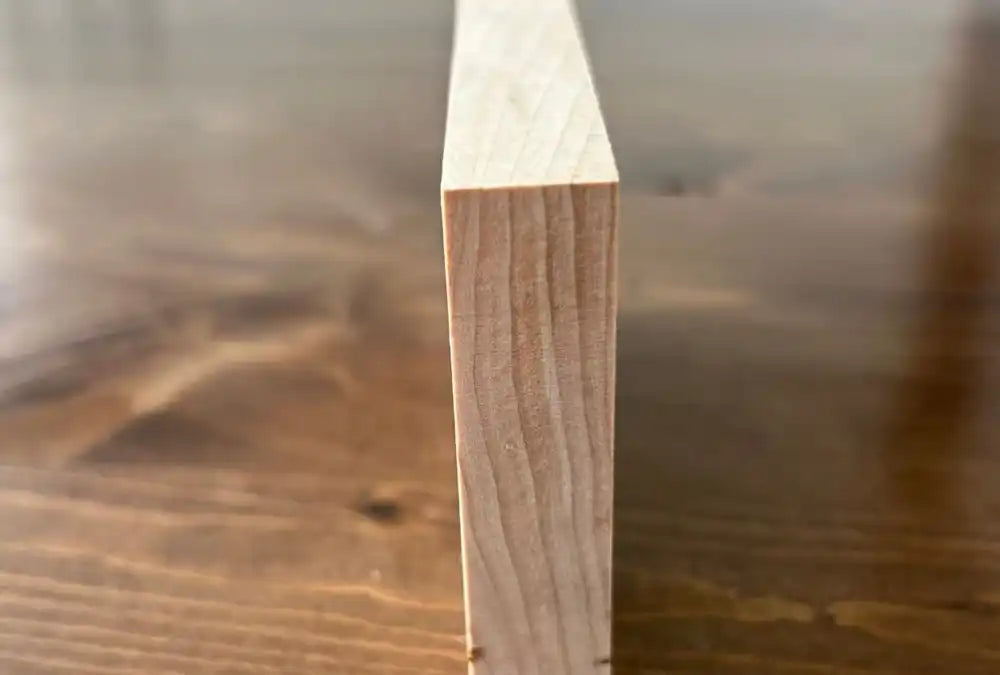
Edge grain cutting boards use the piece of wood on its side with the grain pattern moving vertically. This orientation is used mostly with the more intricate designs and will create a strong board when doing so.

The cons to this type of cutting board, is that it will be marked more easily by knifes over a long period of time and will eventually require sanding and refinishing to bring back the clean beauty of the wood if it see frequent use over the course of many many years. The pencils represent the fibres of the wood and how this grain orientation will also dull knives over time.
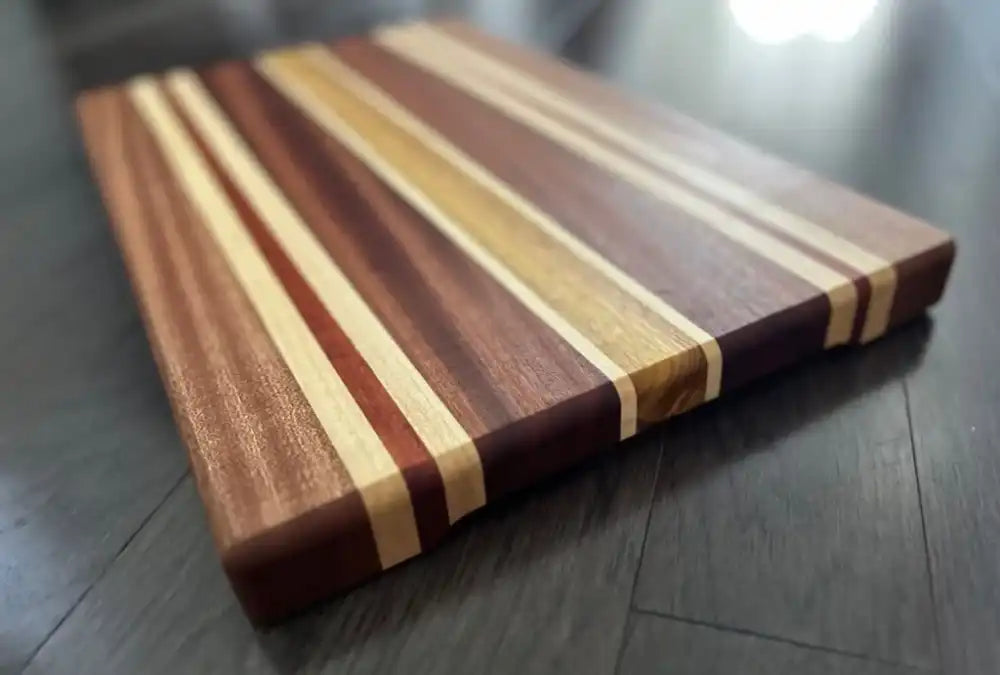
This picture shows are more intricate board pattern. Using the edge grain for patterns like this will add considerable strength to this type of cutting board. Beautiful…
End Grain Cutting Boards
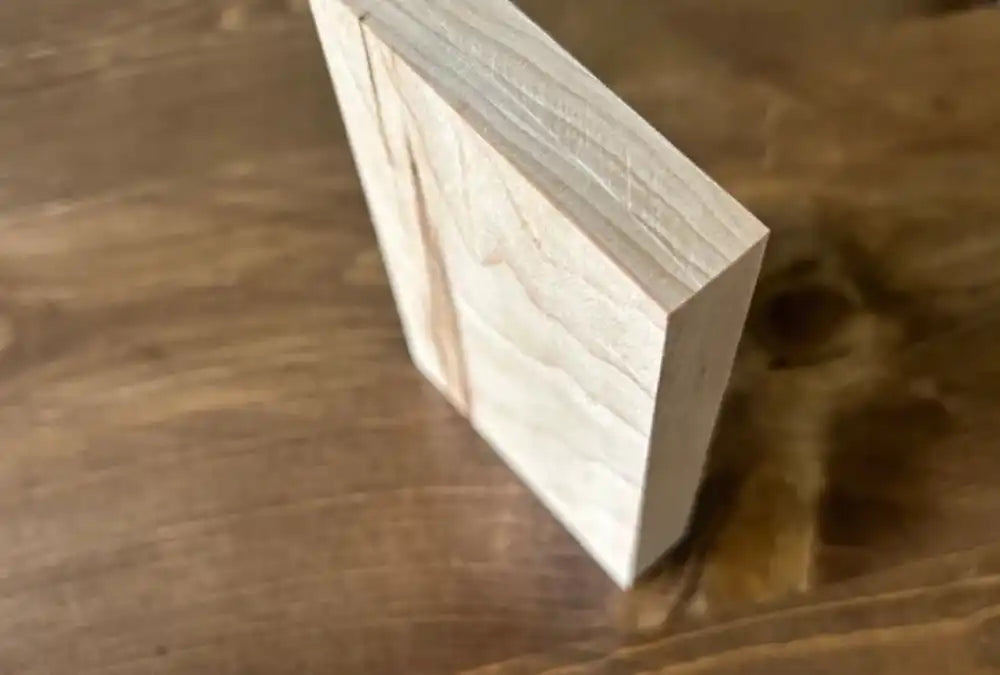
The Professional grade cutting boards. These are the “top of the line” cutting boards! Prefered by professional chef’s and people who just love to cook. Built using the piece of wood standing on end the possibilities and designs are endless. They also use the most material, take longer to make and hence, have a higher price tag. But the quality is worth it!
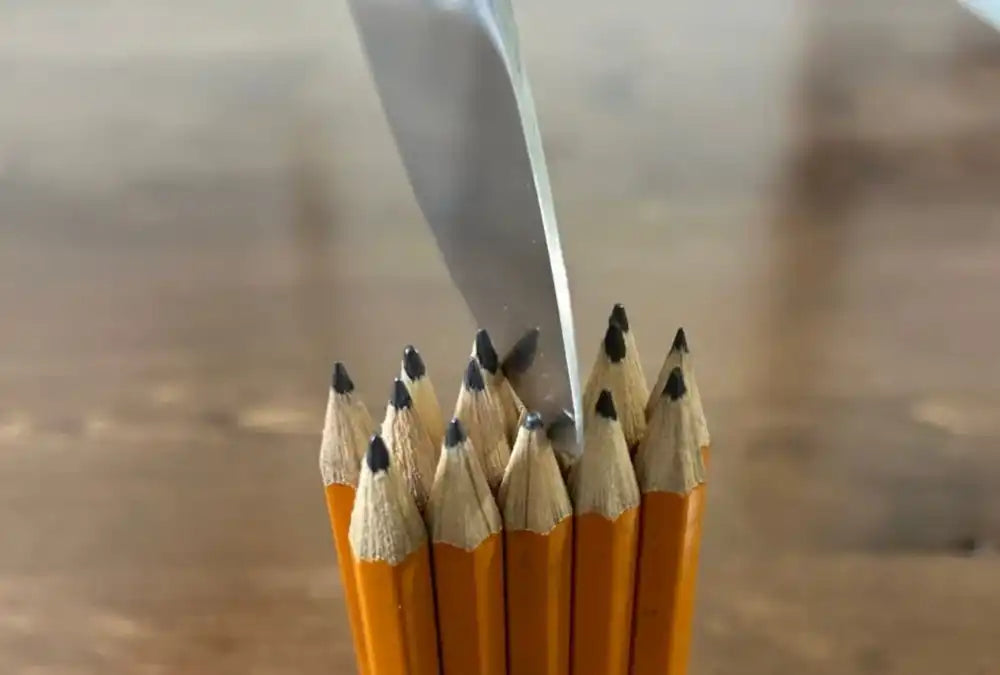
With the wood standing on end, the knife will essentially cut between the wood fibres and then bounce back into place, leaving virtually no knife marks. These boards are by far, the strongest and you’re knives will stay sharper, for longer. The board will last longer and stay looking beautiful for many many years.
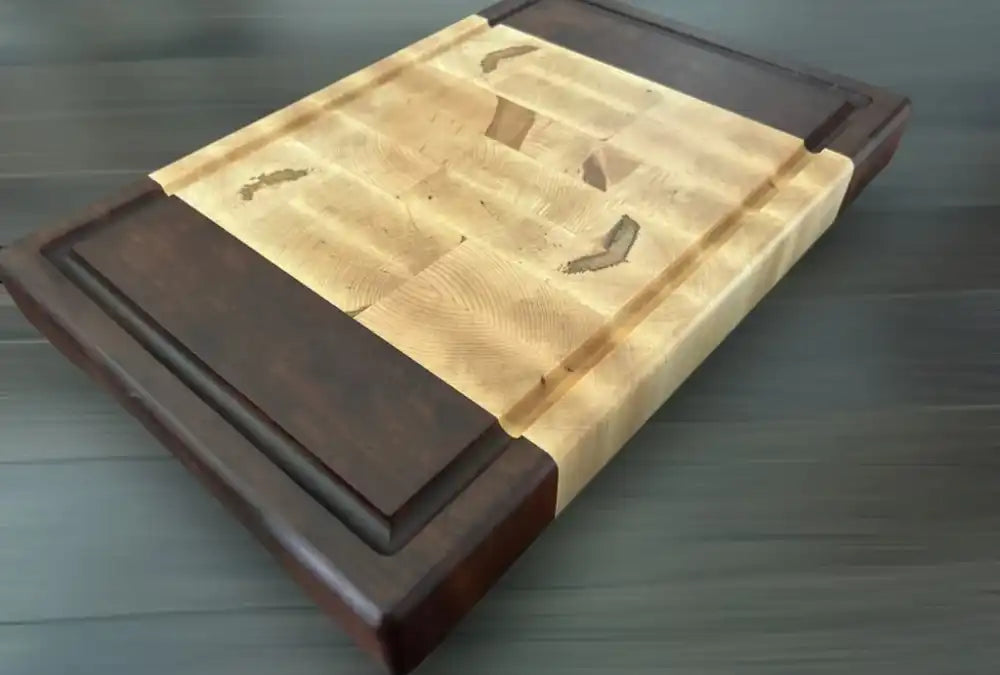
Shown here, is an example of an end grain cutting board. You can see the end grain of the wood on the surface of the board and the different blocks used in its construction. These boards are designed and built to last decades. They are even know to be passed down to the next generation.

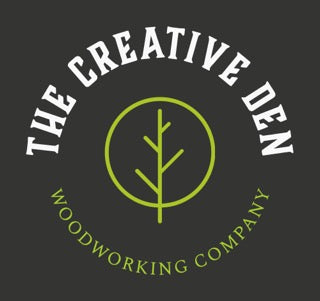
Share and get 15% off!
Simply share this product on one of the following social networks and you will unlock 15% off!